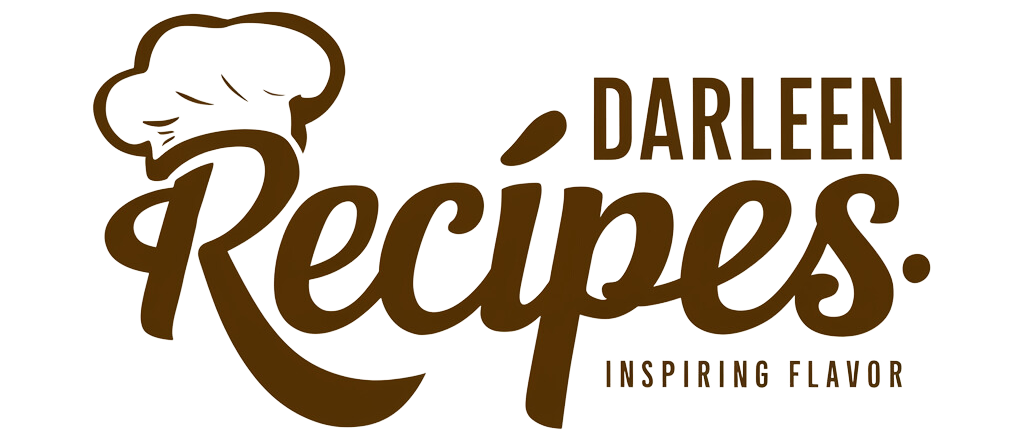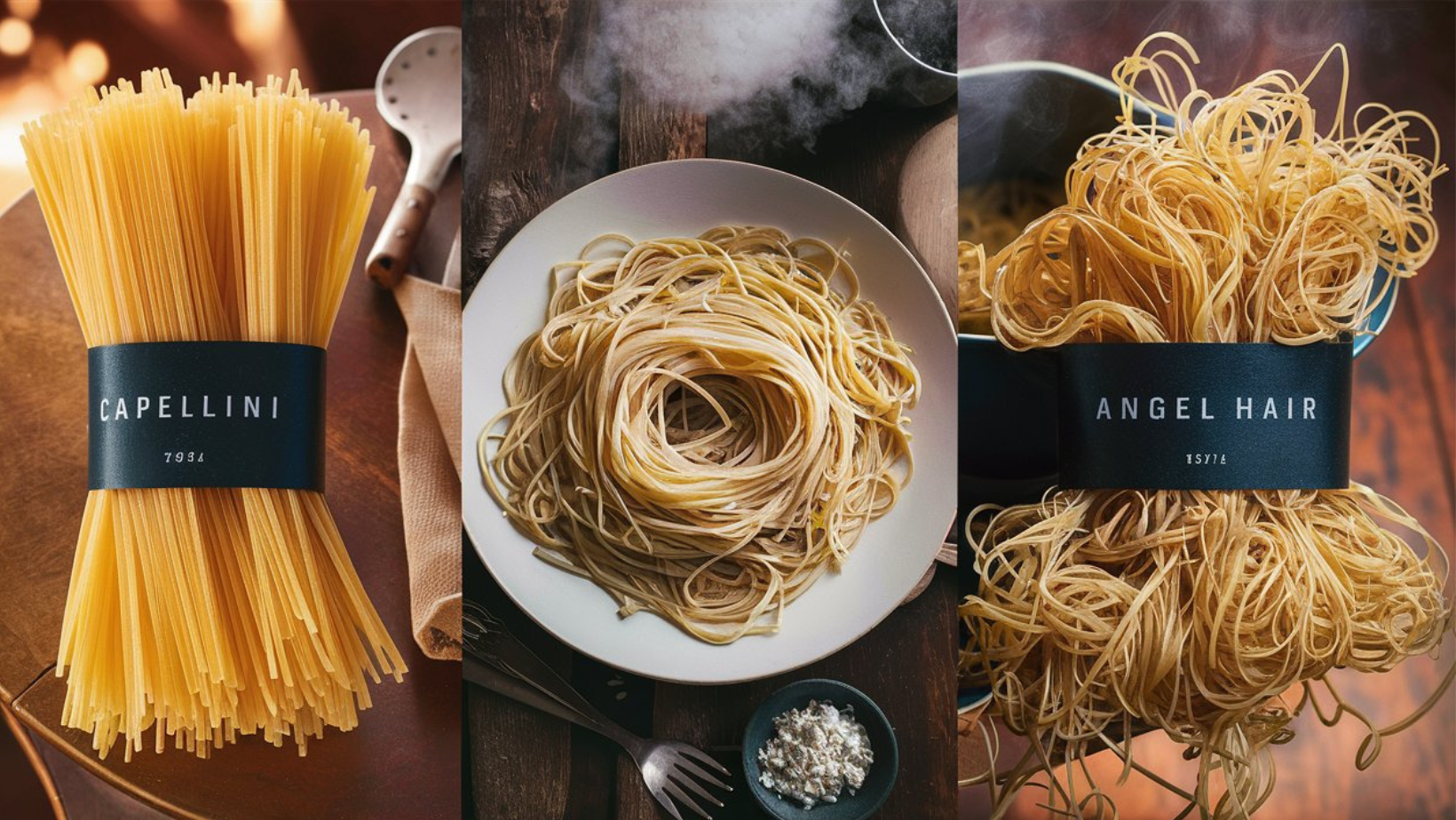Culinary Applications
How to Cook Capellini and Angel Hair
Mastering the cooking of capellini and angel hair is crucial to leveraging their delicate textures in various dishes. Each requires a keen eye to timing and technique to prevent overcooking, which can lead to a mushy texture that detracts from the dining experience.
Best Practices for Cooking Capellini
To achieve the perfect al dente texture with capellini, begin by boiling it in a large pot of salted water. The key is to cook capellini for a very short duration, usually between 4 to 6 minutes, depending on the brand and thickness. Immediately after cooking, it’s advisable to drain the pasta and mix it with your sauce of choice. This method prevents the pasta from continuing to cook and becoming too soft.
Best Practices for Cooking Angel Hair
Angel hair pasta requires even more attention due to its finer strands. It typically cooks in about 2 to 3 minutes. To prevent it from clumping or turning mushy, it’s best to stir the pasta gently while it cooks. Once done, quickly drain the angel hair and rinse it under cold water to halt the cooking process before combining it with a sauce. This step is essential to maintain its desirable light texture.
Common Mistakes to Avoid
One common mistake is overcooking these thin pastas, which not only alters their texture but can also make them difficult to serve attractively. Another error is not using enough cooking water. Both capellini and angel hair need plenty of space to move freely in the boiling water, preventing the strands from sticking together.
Armed with these tips, cooks can confidently prepare capellini and angel hair, ensuring they remain a highlight of any meal.
Serving Suggestions
Serving Ideas for Capellini and Angel Hair
The right sauce and accompaniments can elevate capellini and angel hair from simple pasta dishes to exquisite culinary experiences. Here are some suggestions on how to best serve these delicate pastas to highlight their unique textures and flavors.
Ideal Sauces and Seasonings
For capellini, light olive oil-based sauces, fresh tomato sauces, or a delicate pesto work wonderfully. These types of sauces coat the thin pasta evenly without overwhelming it, allowing the subtle texture of the capellini to shine through. Adding fresh herbs, like basil or parsley, can enhance the freshness of the dish.
Angel hair, being even finer than capellini, pairs best with very light sauces. A simple aglio e olio (garlic and oil) sauce, a light tomato basil, or just a drizzle of quality olive oil with a sprinkle of Parmesan cheese can be perfect. The key is to keep the sauce minimalistic so as not to overshadow the pasta’s delicate nature.
Recommended Dishes for Each Pasta Type
Capellini is excellent in a dish with sautéed shrimp or scallops, where its lightness complements the seafood’s texture. It can also be used in soups like a light brodo (Italian broth) where its quick cooking time is an advantage.
Angel hair is superb when tossed with sautéed vegetables, such as bell peppers, zucchini, and cherry tomatoes, for a quick, healthy meal. It’s also ideal for a summer pasta dish served cold, mixed with fresh greens, olives, and a light vinaigrette.
By thoughtfully pairing capellini and angel hair with the right sauces and ingredients, these pastas can transform into the centerpiece of a meal, offering both aesthetic appeal and satisfying flavors.
Frequently Asked Questions
Is Capellini healthier than Angel Hair?
Capellini and angel hair have similar nutritional profiles, as both are made from durum wheat and water. Choose based on recipe needs or personal preference, not health, as both fit into a balanced diet.
Can Capellini and Angel Hair be used interchangeably?
Though similar, capellini and angel hair differ slightly in thickness, influencing their culinary uses. Capellini suits slightly heavier sauces than angel hair, which pairs best with very light sauces. They can substitute for each other with careful cooking.
Tips for perfect pasta every time
To cook perfect pasta, use these tips:
- Boil in a large pot with plenty of salted water for even cooking.
- Stir occasionally to prevent sticking.
- Test for doneness a minute before suggested cooking time ends.
- Drain well but don’t rinse, to help sauce stick (except when stopping angel hair’s cooking).
What’s the difference between angel hair and capellini?
Angel hair and capellini are both very thin types of pasta, but they have slight differences. Angel hair is the thinnest of the two and cooks incredibly quickly, often in under five minutes. Capellini is slightly thicker than angel hair, which gives it a bit more substance in dishes but still falls in the category of very thin pasta.
Is capellini the same as vermicelli?
No, capellini and vermicelli are not the same. While both are thin, capellini is thinner than vermicelli. In Italian cooking, vermicelli is slightly thicker than spaghetti and has a round shape, whereas capellini is finer and often used in more delicate sauces.
Do Italians eat angel hair pasta?
While angel hair pasta is available in Italy, it’s not as commonly used as other pasta types like spaghetti or penne. In Italy, the preference leans towards slightly thicker pastas which hold sauces better. Angel hair, known as “capelli d’angelo” in Italian, is occasionally used in soups or with very light sauces.
What is another name for capellini pasta?
Capellini is often referred to as “angel hair” pasta because of its extremely thin, delicate strands. Another less common name for it is “fine hair.”
These tips and answers should help cooks select and prepare these pastas effectively, enhancing their unique qualities.
Summary and Final Thoughts
Recap of Key Differences
Exploring capellini and angel hair, we’ve seen that while similar, they have distinct culinary roles. Capellini, slightly thicker, handles light to medium sauces well. Angel hair, finer and more delicate, pairs best with the lightest sauces and needs careful cooking to preserve its texture.
Choosing the Right Pasta for Your Dish
Choosing the right pasta for your dish is crucial for any cook aiming to elevate their meals. Whether pairing angel hair with a simple olive oil dressing or capellini with a robust seafood sauce, each pasta type enhances the dish’s flavors and textures.
This journey into the differences between capellini and angel hair shows the importance of details in cooking. Small variations like pasta thickness can significantly impact a dish. Great cooking involves understanding each ingredient’s nuances, not just mastering complex techniques and bold flavors.

